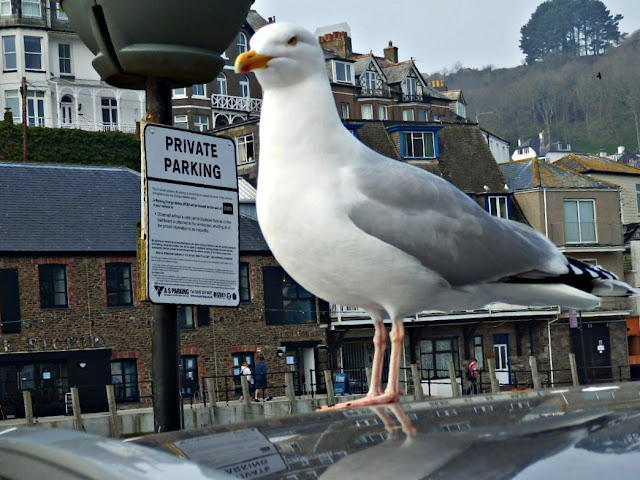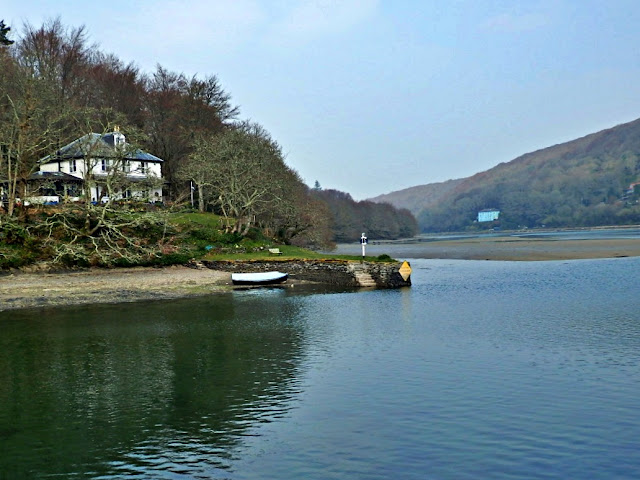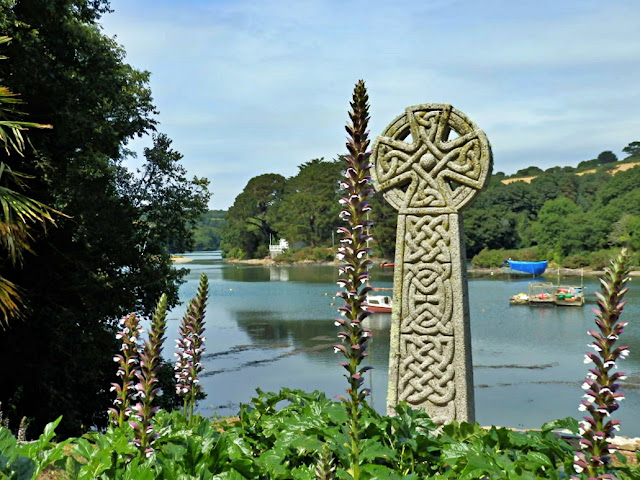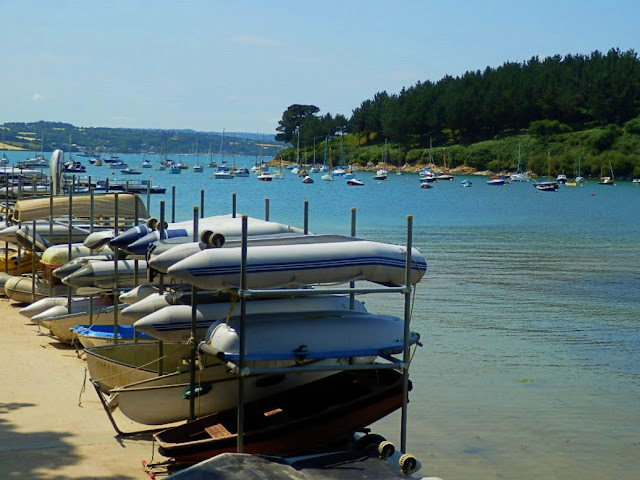On Friday last, the people assembled at St.Austell Market were surprised by the appearance of a man of advanced age leading a woman about thirty by a halter which was tied around her waist.
The fellow is named George Trethewey, a labourer, and having become tired of his wife, he adopted this mode of leading her into the market in order to dispose of her to the highest bidder.
Among those present were two itinerant tinkers who travel in company, one of them offered two pence for the woman, and after some time his companion doubled the sum stating they were acting in partnership.
The husband agreed to accept the last offer, when four pence was handed to him, and the woman was delivered to her purchaser, with whom she proceeded to a neighbouring pot-house where they regaled themselves with a jug of ale.
Meantime the collector of market tolls applied to the husband for a penny, the sum usually demanded for selling a pig, etc. This was at once paid.
____________________________________________________________________________
As reported in a Cornish newspaper in 1835






























